With the Federal Reserve rapidly scaling back its large-scale asset purchase program, or quantitative easing, and likely to indicate a faster tightening cycle at the next Federal Open Market Committee meeting at the end of the month, investors are celebrating by continuing to funnel money into risk assets. As the fiscal spigots go dry, investors are also dumping bonds in hopes of profiting on a sure bet of higher interest rates.
In a normal economic cycle, investors should be taking on more risk and betting on higher interest rates. However, the recent economic expansion has been anything but normal. Investors are running the same playbook without fully understanding just how different this expansion is from prior economic cycles.
Economic cycles typically start with a major collapse of asset prices as credit dries up and defaults rise. The healing process from the economic destruction of a collapse in credit usually takes many years. Household balance sheets often need several years or more to recover from over-indebtedness and the loss of employment that comes with recessions.
The Fed attempts to rescue the economy from further pain by lowering interest rates. Lower interest rates often lead to higher asset prices, which allow consumers to refinance their debts once they have returned to the workforce. The recovery process is often slow, but as consumers regain confidence in the economy, spending slowly starts to increase.
As the recovery gains a foothold, consumption increases, and jobs start to become more plentiful. To attract workers back into the labor market, employers begin to raise wages. Rising wages lead to an increase in borrowing as consumers finance their consumption. As new money enters the economy from a rise in lending, the wounds of the prior recession begin to heal.
In the later stages of an economic cycle, inflation begins to heat up as the new money created by an increase in lending starts to circulate throughout the economy. As more money circulates through the economy, asset prices rise, which leads to further job creation, higher wages, and, more importantly, an increase in wealth. Once the wealth effect is in full force, the Fed inevitably steps in to tap on the breaks.
Through the withdrawal of easy monetary policy, the Fed hopes to reduce demand and curb the effects of rising inflation. With only two tools at its disposal, the Fed is limited in its ability to stop inflation. The Fed can raise the federal funds rate and either stop expanding its balance sheet or reduce its balance sheet. When the Fed signals the end of easy monetary policy, it means there are likely several more years of economic growth ahead.
Due to the rather slow pace that the Fed often responds to inflation and an overheating economy, asset prices can continue to rise for several more years. To capitalize on higher asset prices, investors over-allocate to risk assets and sell safe assets, such as bonds. As asset prices rise and more wealth is created, it leads to further inflationary effects as consumers increase their consumption.
Slowly, the Fed continues to tighten until higher rates constrict credit growth and reduce demand enough to cause the economy to collapse into a recession. When the economy collapses, asset prices and inflation goes with it, which then forces the Fed back into the next easing cycle.
Unlike prior economic cycles, this pandemic-induced cycle has been anything but normal. When the economy was shut down due to COVID-19, it experienced a sharp contraction. Monetary policy alone would be unable to fix the damage, so policymakers decided to tap the fiscal spigots. Through multiple one-time payments, generous unemployment benefits, and other benefits, the economy roared back at an unprecedented rate.
The combination of fiscal and monetary stimulus brought the economy back in a little over a year, which is less than half the time it might normally take the economy to recover. Overjoyed by its success, policymakers continued to flood the economy with fiscal and monetary juice until inflation skyrocketed. Unfortunately for many consumers, inflation took off just as all the fiscal stimulus programs were coming to an end.
The story of this expansion is one of fiscal stimulus, which has never been used to pull the U.S. economy out of an abyss. With the fiscal spigots shut off and the monetary ones in the process of being wound down, it’s unlikely this economic expansion will last much longer.
Investors can’t see how dependent the economy has become on fiscal transfers and are setting themselves up for massive losses. Without fiscal and monetary stimulus, this unusual economic cycle is likely to crash headfirst into a recession. While this may be the most unusual cycle in the history of the United States, it will end just like the last one, with a financial crisis.
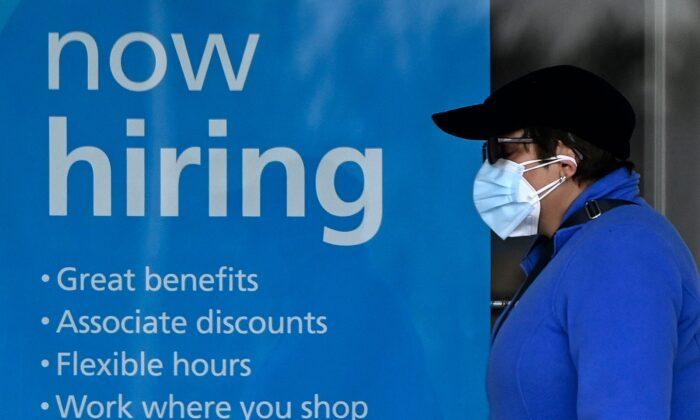

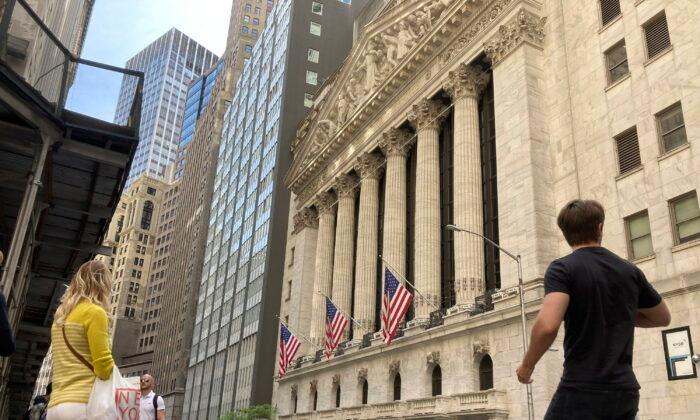
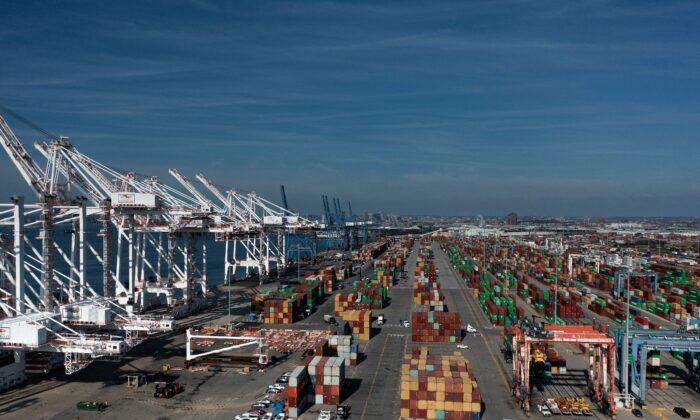
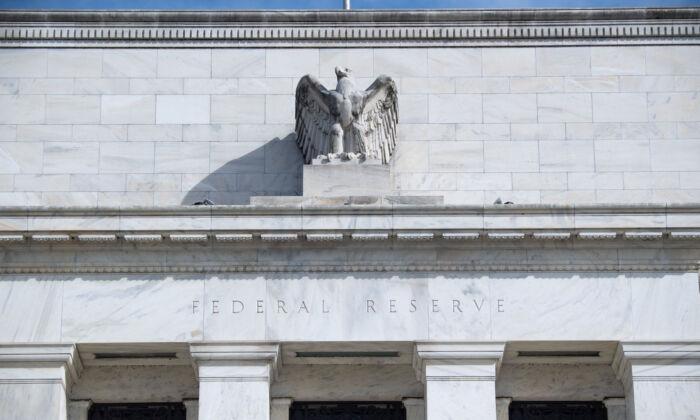
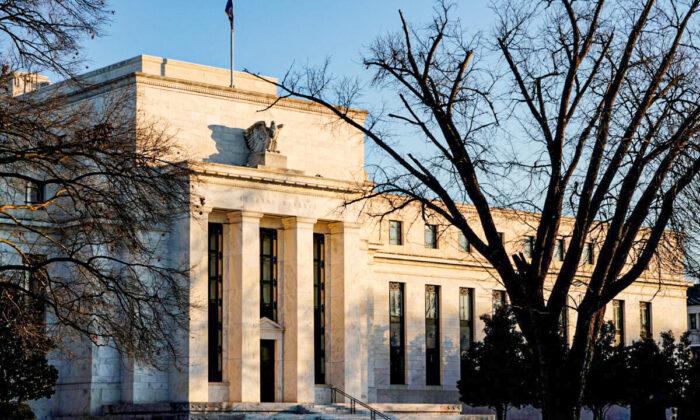
Friends Read Free